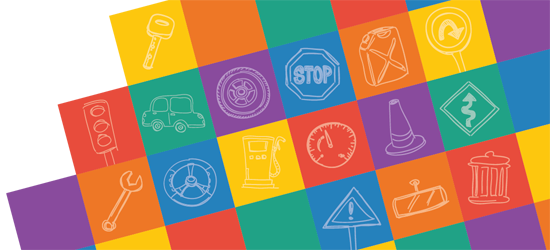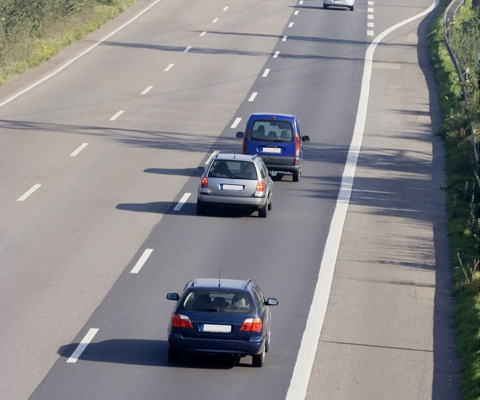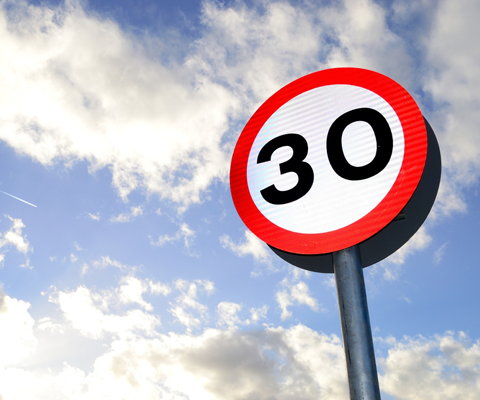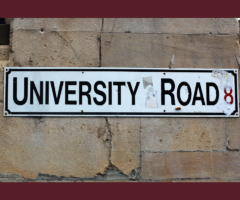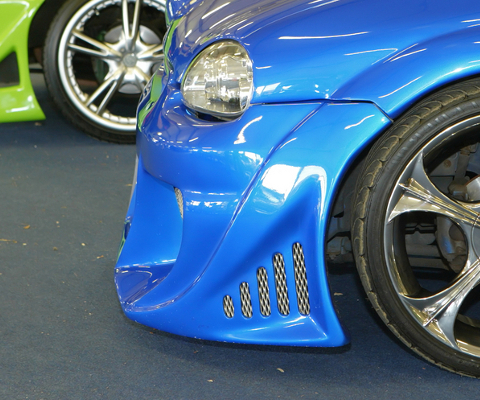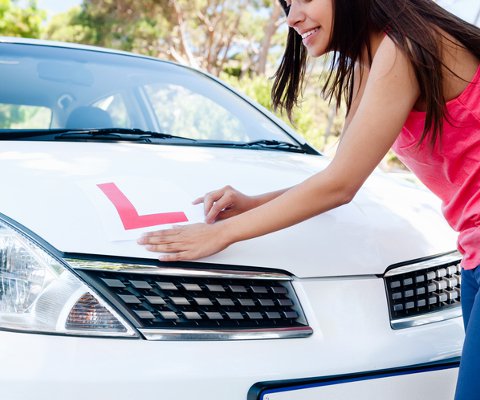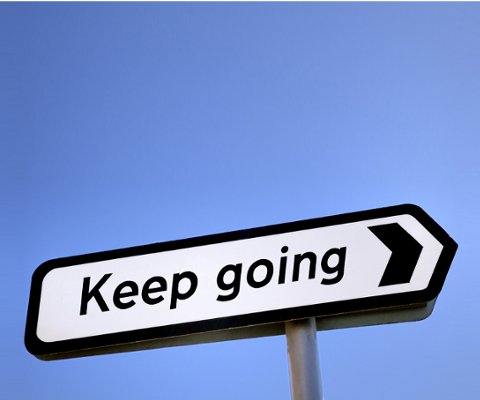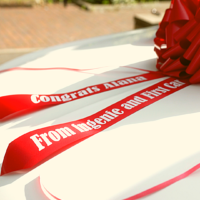
Driving tips and other life stuff
Getting to grips with motorway driving
Driving on the motorway can seem pretty daunting, especially when you’re a newly qualified driver and you haven’t driven on one before.
We’d always recommend you book a few extra lessons after you pass your test so your instructor can take you through the basics and help you get confident and safe on the motorway.
Here are our top tips for tackling motorway driving.
-
Take someone with you
Ideally we would recommend that you book a few extra lessons after you pass your test so your instructor can introduce you to more advanced aspects of driving. Failing that, it is a great idea to take along someone who can advise and reassure you for your first trip on the motorway – maybe a parent who has already accompanied you on practice sessions while you were learning to drive?
-
Match your speed when joining a motorway
The key to joining a motorway safely is to match the speed of the cars already travelling on the motorway. You should accelerate as you drive along the slip road and follow the usual 'mirror, signal, manoeuvre' procedure to find an appropriate gap in the moving traffic.
Generally the traffic will move to make space for you but be prepared to slow down if you need to.
Avoid taking a car full of friends for your first drive on a motorway - they will only distract you.
-
Make the most of your mirrors
Mirrors are a hugely important part of motorway driving. Start off by making sure yours are clean and correctly positioned. You’ll be using them to join the motorway and every time you change lanes so they need to be in top working order.
Don’t forget to check your blind spots too! With traffic moving at top speeds you can never be too careful.
-
Stick to the speed limit
For car drivers, the national speed limit on a motorway is 70 mph - but look out for exceptions to this. Where there are road works for instance you may see signs indicating a lower speed and you’ll need to respond by slowing down. Breaking the speed limit is both dangerous and illegal so stick to 70 max and stay in the right lane for your speed.
-
Overtake correctly
Once you have joined the motorway, you should stay in the left-hand lane unless you’re overtaking slower moving traffic. If you do decide to over take, use the usual ‘mirror, signal, manoeuvre’ procedure when moving in and out of lanes and avoid sitting in the middle or outside lanes.
Watch out for large vehicles like lorries changing lanes - they have much bigger blind spots than you so keep your distance!
Keep to the left: Sometimes you’ll find motorways have more than 3 lanes. As a rule, always keep to the lane furthest to the left unless overtaking slower traffic.
-
Keep your distance
With cars travelling at such high speeds you need to allow far more space to stop. Follow the 2 second rule to ensure there is enough space between you and the car in front.
The 2 second rule: The 2 second rule is a handy way of getting your spacing right. Choose a fixed point such as a lamp post or bridge and when the car in front passes it, start counting 2 seconds. As you finish speaking you should be reaching that same point.
-
Take a break
Being tired slows your response times and can cause accidents. If you’re on a long journey make sure you take a 15 minute break AT LEAST every 2 hours.
Driving at night? Check out our tips for staying safe when you're driving after dark.
-
Use your hazards
If you come up to slow or non-moving traffic on a motorway, or any kind of hazard or obstruction, it’s a good idea to use your hazards to warn drivers behind you that they should slow down.
-
In case of a breakdown
Top tip: The biggest risk when you break down on the motorway is being hit by other moving traffic, so get out of your car and wait on the verge until help arrives.
Move onto the hard shoulder as soon as possible and switch on your hazard lights.
Once you’re at a stop, call for help using either your mobile or one of the orange emergency phones at the side of the motorway. These phones are numbered and will let the Highway Agency know exactly where you are - follow the arrows at the side of the road to find the nearest phone.
Get more help with how to use the hard shoulder.
-
Expect the unexpected!
No matter how careful you are there’s no accounting for the behaviour of others. Even though motorways are statistically safer, with cars moving at such high speeds if something does go wrong, it’s likely to go badly wrong. So keep your wits about you at all times. Check your mirrors and your blind spot regularly and avoid any kind of distraction from passengers, your mobile phone or the radio.
-
Exit the motorway properly
Plan your route in advance and keep an eye out for the junction signs - these let you know how far it is to the junction you need.
When you get close, move into the left lane. There will be a 3 line countdown when you are 300 yards away – the markers are then repeated again at 200 yards and 100 yards.
Signal left at the 300 marker to inform other drivers of your intention but maintain your speed. You shouldn’t slow down until you turn off the motorway in order to keep the flow of traffic moving.
Get more driving tips in the Young Driver's Guide.

